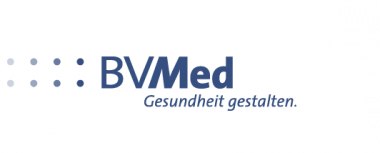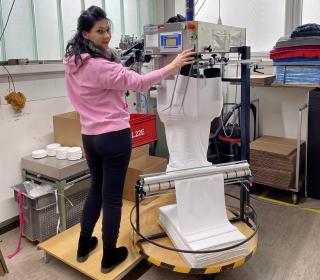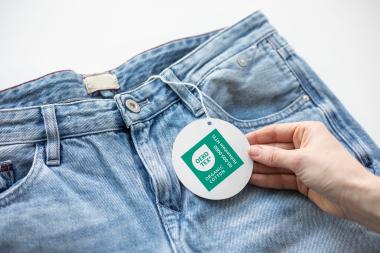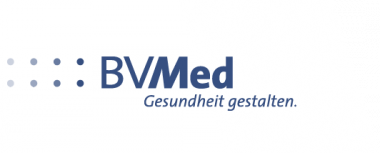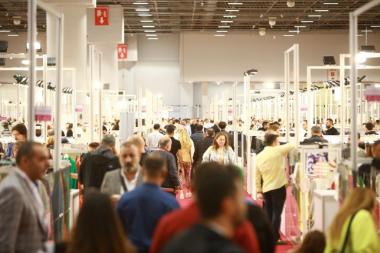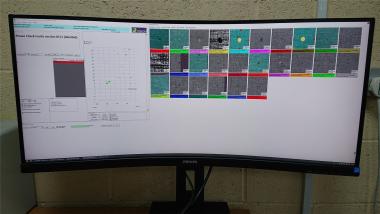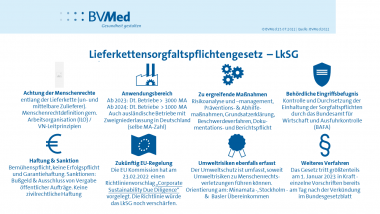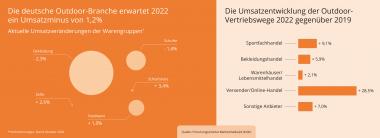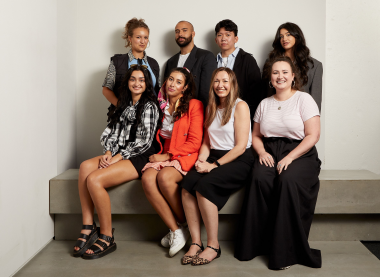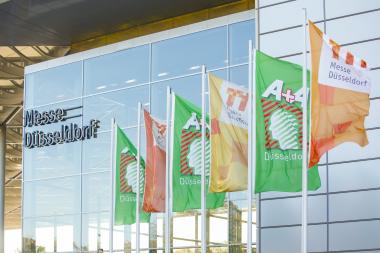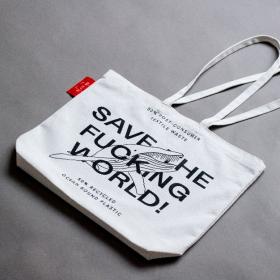BVMed begrüßt MDR-Änderungen
Der Bundesverband Medizintechnologie (BVMed) hat die heutige Entscheidung des Europäischen Parlament zu Änderungen an der EU-Medizinprodukte-Verordnung (MDR) begrüßt, fordert gleichzeitig aber auch Schritte, um das europäische Marktzugangssystem strategisch weiterzuentwickeln und im weltweiten Wettbewerb insbesondere um Innovationen besser aufzustellen. „Es ist ein gutes Signal für die medizinische Versorgung der Patient:innen und den Medizinprodukte-Standort Europa, dass Kommission, Rat und Parlament in den letzten Wochen Tempo gemacht und die notwendigen Änderungen im Schnellverfahren beschlossen haben“, so BVMed-Geschäftsführer und Vorstandsmitglied Dr. Marc-Pierre Möll.
Zum Hintergrund: Die Medizintechnik-Branche bereitet sich seit Jahren intensiv auf die MDR vor. Die Kosten der Umsetzung für die Branche werden nach Schätzungen zwischen 7 und 10 Milliarden Euro liegen. Die Branche hat massiv investiert, beispielsweise in zusätzliches regulatorisches Personal. Das MDR-System ist aber nach wie vor nicht praxistauglich. Zentrales Problem bei der MDR-Implementierung sind die Kapazitätsengpässe bei den Benannten Stellen sowie die sehr aufwendigen Zertifizierungsverfahren.
Zur Vermeidung von Engpässen bei Medizinprodukten haben Parlament, Rat und Kommission nun unter anderem die Abschaffung der Abverkaufsfrist und eine Verlängerung der Übergangsfrist für die neuen Vorschriften nach einem risikobasierten Ansatz beschlossen. Außerdem werden Klasse III-Sonderanfertigungen mit in die Fristenverlängerung aufgenommen.
Parallel zu dieser wichtigen Maßnahme zur Entzerrung des Flaschenhals bei der Zertifizierung der Bestandsprodukte müssen nach Ansicht der BVMed auch die untergesetzlichen Maßnahmen, die von der Medical Device Coordination Group (MDCG) Ende August 2022 veröffentlicht wurden, pragmatisch umgesetzt werden, damit Bestandsprodukte zeitnah in die MDR überführt werden können und auch in Zukunft der Gesundheitsversorgung zur Verfügung stehen.
Mittelfristig geht es dem deutschen Medizintechnik-Verband darum, dass die MDR strategisch weiterentwickelt werden muss, damit Europa im schärfer werdenden Innovationswettbewerb gegenüber USA und Asien nicht weiter an Boden verliert. Der Beschluss der Schweiz, künftig auch die FDA-Zulassung des US-Systems zuzulassen, verdeutliche die Gefahr, dass das EU-System mit der MDR den Innovationswettbewerb der Zukunft verliere.
BVMed-Geschäftsführer Dr. Marc-Pierre Möll: „Wenn wir mehr und mehr Forschung und Entwicklung durch Abwanderung verlieren, dann verlieren wir damit nicht nur viele kluge Köpfe, sondern künftig auch Produktion und Wertschöpfung in Europa. Wir müssen deshalb jetzt daran arbeiten, die Rolle Europas als attraktive Region für Investitionen in medizintechnische Innovationen wieder zu stärken. Mit unserem innovationsstarken Mittelstand haben wir dafür die besten Voraussetzungen.“
BVMed | Bundesverband Medizintechnologie e.V.


